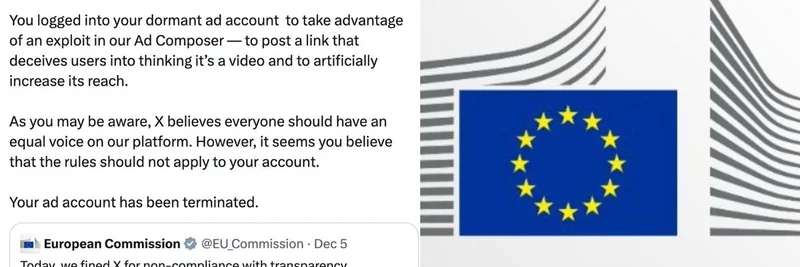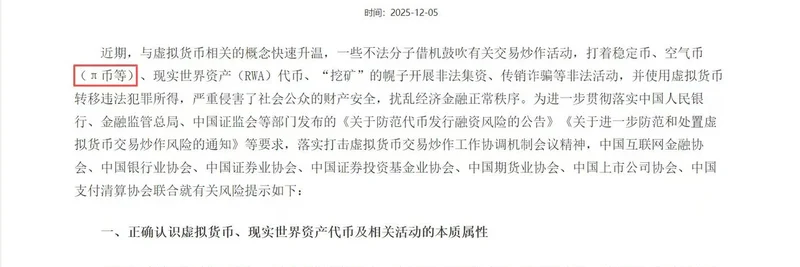Anatoly Yakovenko, the co-founder of Solana, recently dropped some wisdom on X (formerly Twitter) that's got the crypto community buzzing. In a post quoting a dilemma between Y Combinator's mantra "Build Something People Want" and Steve Jobs' famous quip that "People don't know what they want," Yakovenko cut through the noise with: "Don’t build what people say they want, build what they actually want."
This advice hits home in the fast-paced world of blockchain and meme tokens, where hype often overshadows real utility. For those new to the scene, meme tokens are cryptocurrencies inspired by internet memes, jokes, or cultural phenomena, often launched on platforms like Solana for its speed and low fees. But what makes one meme coin skyrocket while others fade? According to Yakovenko, it's about intuiting unspoken needs rather than following vocal demands.
Decoding the Wisdom for Meme Creators
Yakovenko's insight bridges the gap between startup accelerators like Y Combinator (YC), which emphasizes user feedback, and visionary leaders like Jobs, who innovated ahead of demand. In crypto terms, this means meme token developers shouldn't just chase trends based on what Twitter polls say. Instead, observe behaviors: What are users actually doing? On Solana, where transaction speeds can handle massive volumes, people crave privacy, fun utilities, and seamless experiences without even realizing it.
Take privacy, for example. One reply to Yakovenko's post highlighted: "People want privacy and they want it on Solana." This nods to projects aiming for anonymous transactions, akin to Monero but on Solana's high-throughput chain. Building "Monero of Solana" could address a latent desire for secure, private trades in a meme-filled ecosystem.
Community Reactions and Meme Token Shoutouts
The thread sparked a flurry of responses, many tying back to Solana-based projects and meme tokens. Users pitched ideas like competitive AMMs (Automated Market Makers, which are decentralized exchanges that use algorithms to provide liquidity) on Solana, or apps for longing/short-selling any token from launch. These suggestions show how the community interprets "what people actually want" – tools that make trading memes easier, safer, and more profitable.
One standout reply promoted "dogstock," accompanied by a whimsical image of a suited-up Shiba Inu in Paris, embodying the playful spirit of meme coins.
Another user spotlighted $PRGN, a token integrated into gaming and PC optimization software on the Microsoft Store – a first for Solana. This illustrates building real-world utility around a token, turning it from a mere meme into something gamers "actually want" for better performance.
Even humorous takes, like wanting "a good pump" or shorting tokens, underline the desire for volatility and speculation tools in the meme space.
Applying This to Your Meme Token Strategy
If you're a blockchain practitioner eyeing meme tokens, Yakovenko's advice is gold. Start by analyzing on-chain data: What tokens are holding volume? What's driving engagement? Tools like Solana's explorer can reveal patterns. Then, innovate – perhaps a meme coin with built-in privacy features or gamified staking that users didn't know they needed.
In the end, successful meme tokens on Solana aren't just about viral marketing; they're about delivering unspoken value. As Yakovenko implies, listen less to the noise and more to the actions. This approach could be the key to building the next big thing in the meme ecosystem. Keep an eye on Solana's evolving landscape for more insights like this.



